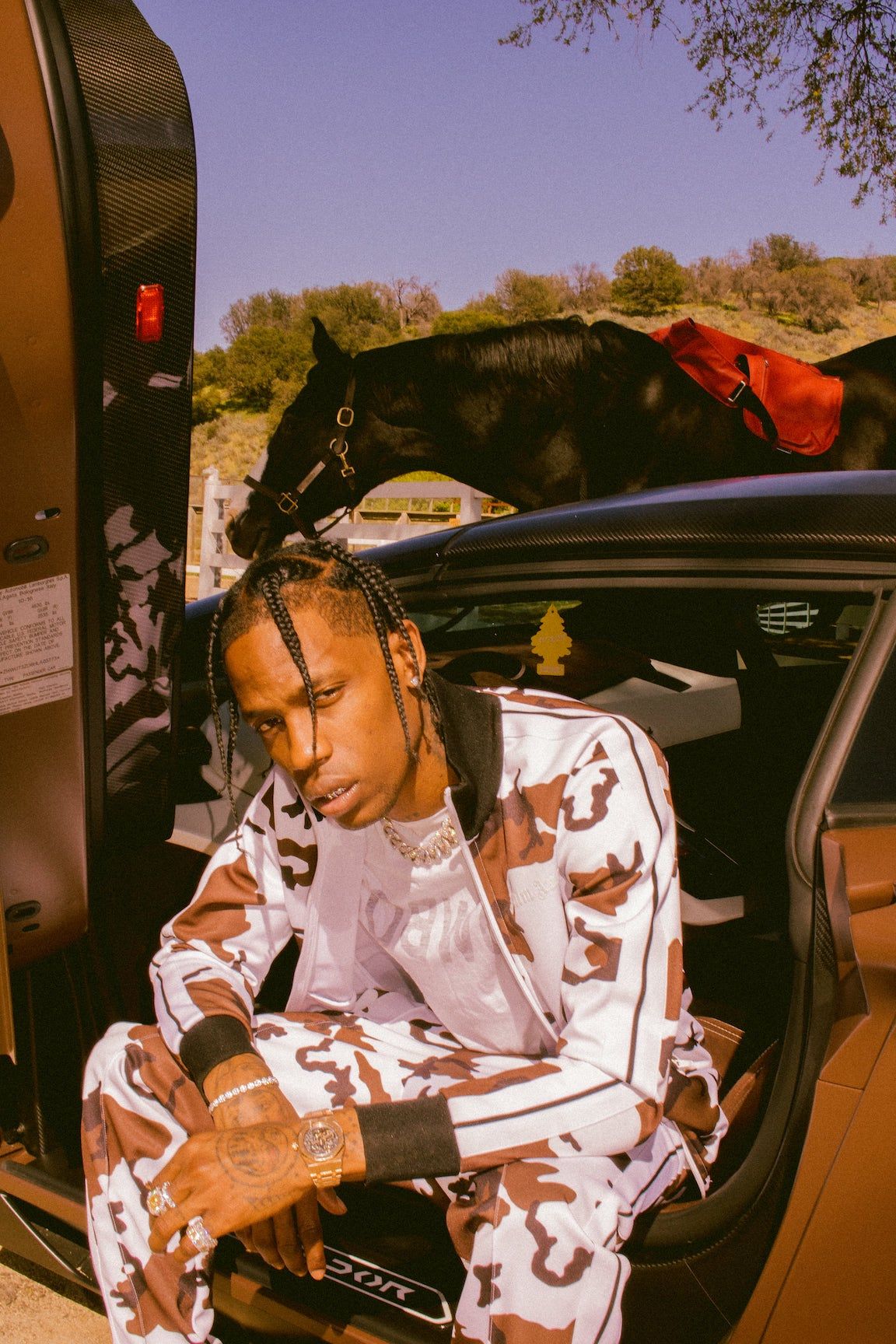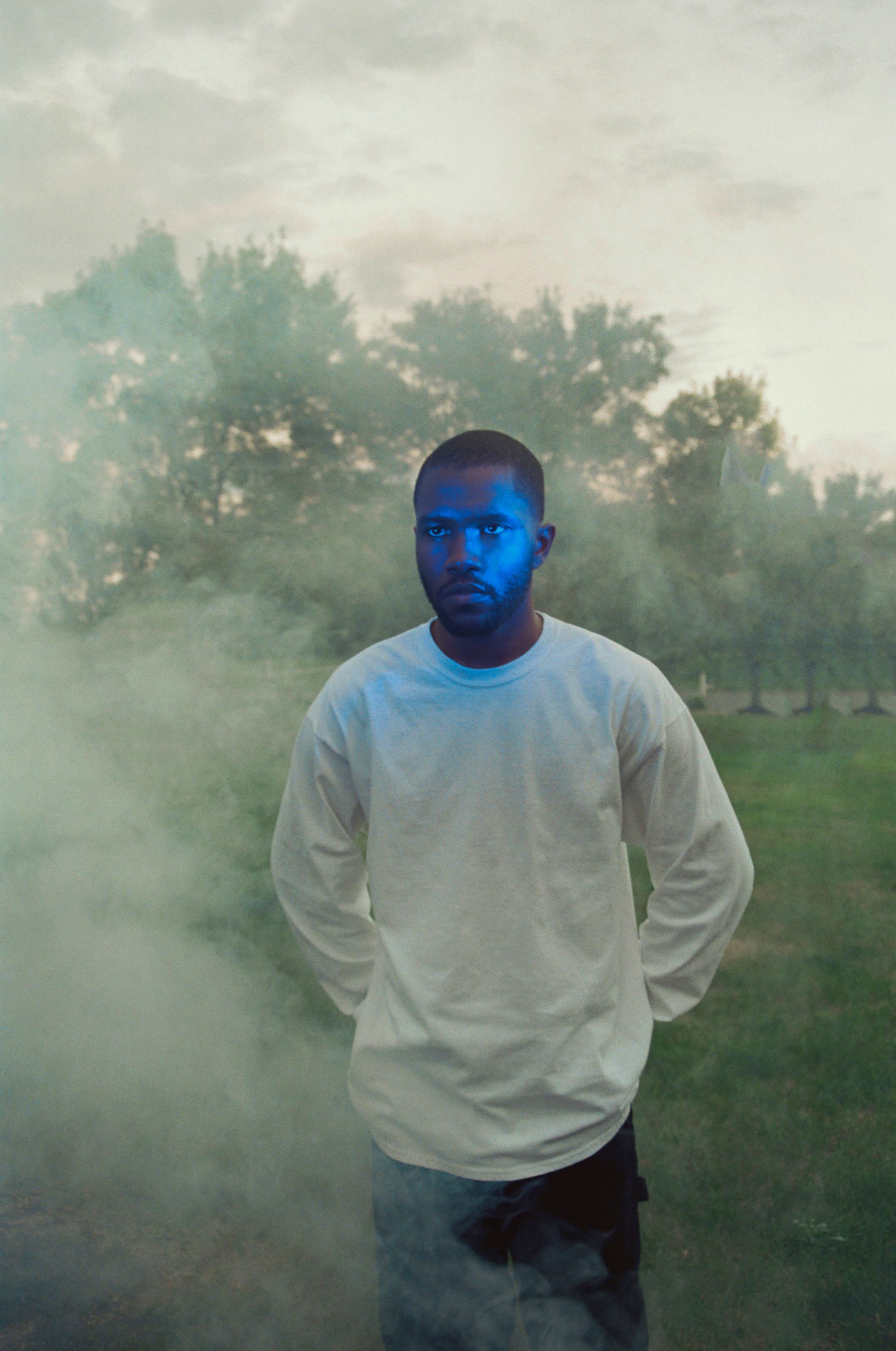The Leadership Secrets of Gucci Mane
|Daniel Fuller
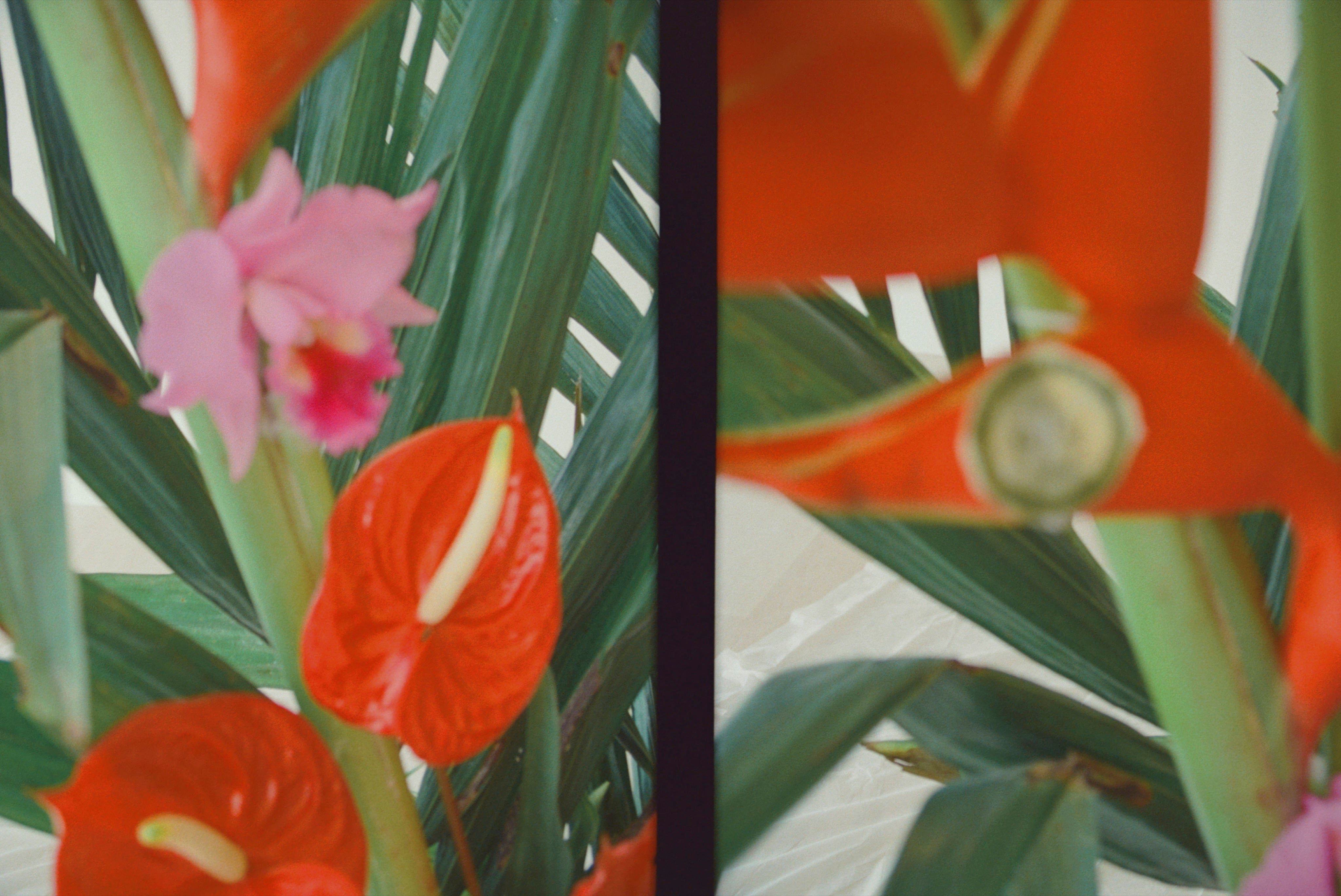
“Bruh. What the fuck? This ain’t no pool, your boy Guwop in the lagoon.”
In June 2018 the rapper Gucci Mane (@laflare1017) uploaded a video to Instagram in which he takes a dip in “the fountain of youth” at Iceland’s Blue Lagoon. He can barely contain his joy, stepping from the cold air into the geothermal hotspot, and the Internet responded in kind: “Gucci Mane is out here living his best life, in case you haven’t noticed,” said The Global Grind.
Other sources called the video “precious,” a “must watch” moment of purity. He was two years into his post-incarceration metamorphosis, a period during which the rapper has been so “good,” and seemed so well, that fans have been divided between support and confusion. Between the other-worldly glow of the fluorescent blue water and the rocky black volcanic landscape, the Iceland post captured the essence of the new Gucci Mane narrative: he wades in, innocent and amazed, to emerge renewed.
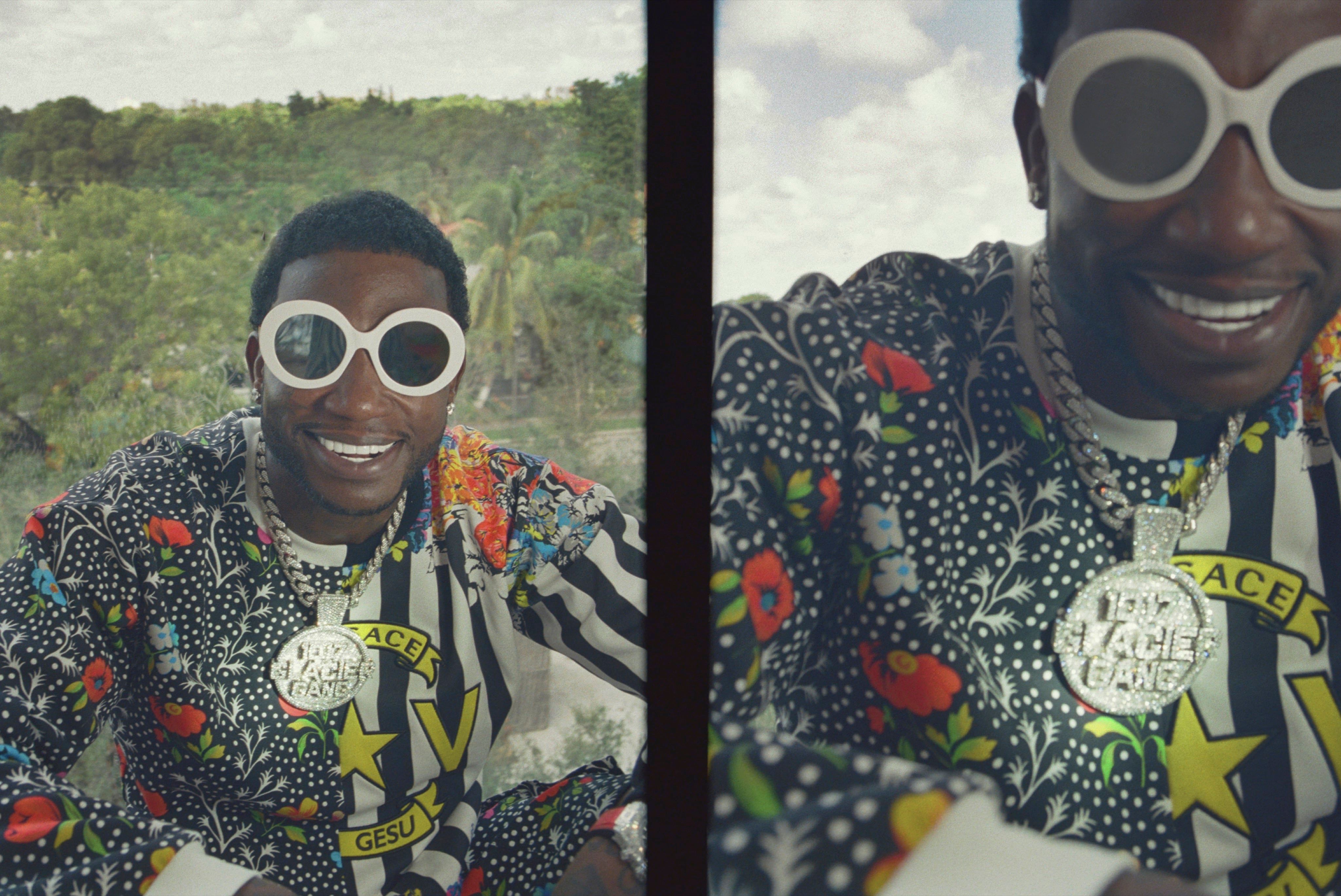
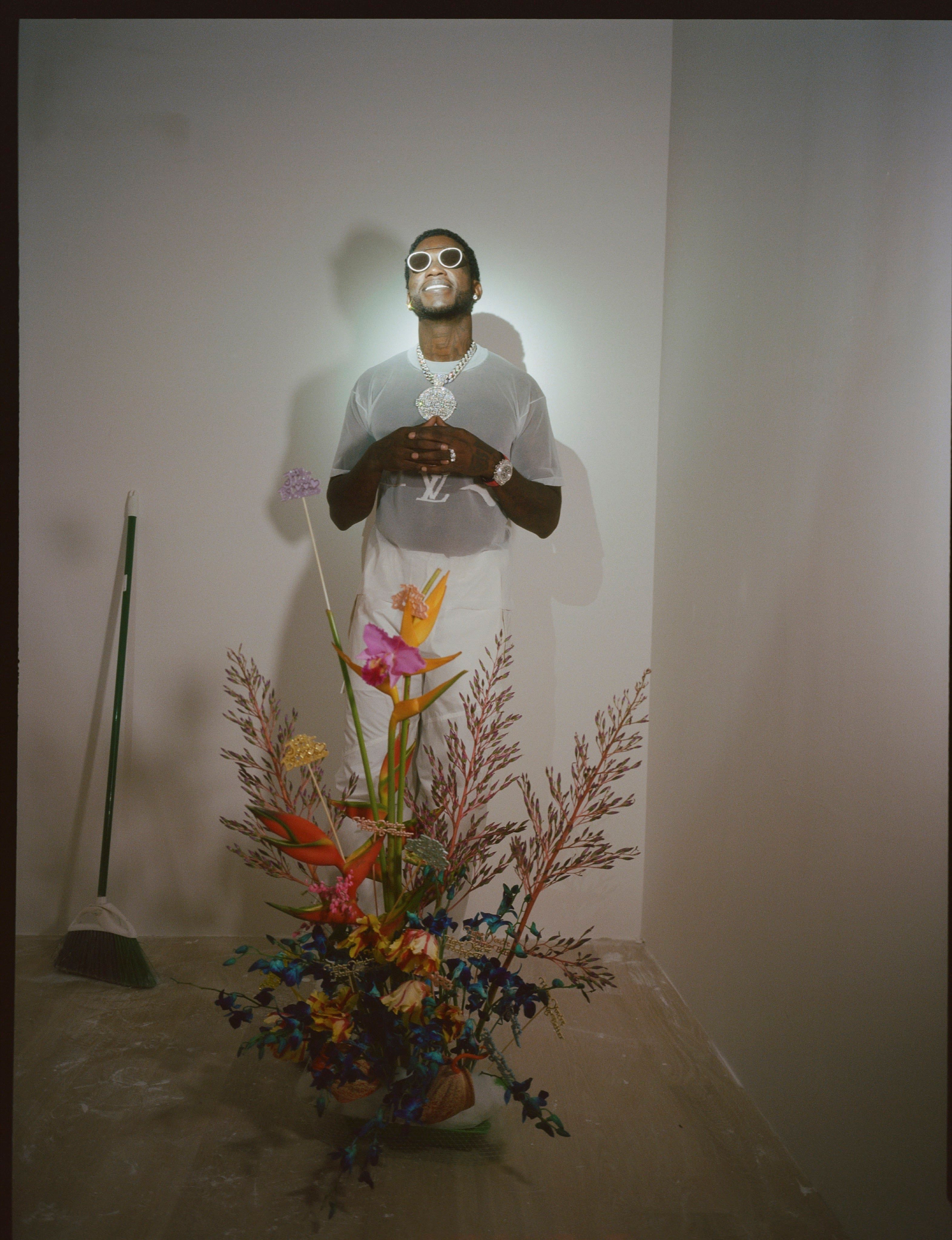
Gucci Mane – aka Guwop, né Radric Delantic Davis – got his first passport this year, and I’d watch him take it anywhere. When we spoke, I asked him if he would ever consider a travel show – “Gucci’s Grand Tour,” maybe. “After I did the story in the lagoons, NBC stepped to me and asked if I wanted to do the Anthony Bourdain type thing,” he told me. “I don’t think I have the time, and I definitely don’t think they have the money.” The rapper knows how to entertain outside of music: it took me a beach day to read his 2017 New York Times bestseller, The Autobiography of Gucci Mane, a redemption tale written in such a personal style that it feels like a casual conversation turned confessional on a cross-country flight. The book covers Gucci’s early life in Bessemer, Alabama, his middle school introduction to selling drugs, the development of his intertwined musical and criminal careers, and his arrests and time inside – all with humanity and seemingly without deflection, setting up the rapper as an antihero, and the reader to root for the villain. Underlying his admissions is a pattern of repetition, and withdrawal: Gucci makes headway in the world, then retreats, his East Atlanta studio – The Brick Factory – appearing as a fortress and shelter from the limelight he so aggressively sought. The autobiography ends with the suggestion that the cycle is over: “Three years to replay things in my head over and over and over until I stopped replaying them. Until I just let them go.” A movie adaptation is currently in the works with Paramount Pictures and Imagine Entertainment – “We’re still developing the script,” says Gucci, who is open to playing himself. “Whatever makes the movie come across as authentic as possible.” That only gets us to 2016 – a halfway point – and putting down Autobiography made me want to know Gucci now.
Gucci’s childhood home in Bessemer is just a two-and-a-half-hour drive from our house in Atlanta – I couldn’t not go. When I got to the intersection of Alabama Avenue and 19th Street North, time seemed to slow down. Every now and then small groups of teens pent up from doing nothing over here walked over there, to also do nothing. On the street-facing façade of the Square Deal Bakery someone had re-painted a ghost mural that I imagined scintillated customers back in 1922: “FRESH BREAD & CAKES,” it read, a memory flash in the upper corner of a blinding red Coca-Cola sign. “PHONE 983.” Old Bessemer, a city so small that it only took three digits to call someone. Just a few minutes away, in the middle of 1st Ave North is number 1017: the 675 square foot house where Gucci was born in 1980. He was surprised I made the pilgrimage – “You went there? What did you think about that money green house?!” – but keeps his beginnings close. “Anytime I go to Alabama I try to go by that house,” he says. “It’s just a humbling experience.”
Meanwhile Gucci is working on himself. He reads Malcolm Gladwell, whose 2001 The Tipping Point: How Little Things Can Make A Big Difference is one of the books he discovered in prison, and still turns to for “daily affirmations.” He and Gladwell began chatting on Twitter after Gucci’s release in 2016, leading to a 2017 YouTube Space “in conversation” between the rapper and the New Yorker staff writer – whose Giuliani-era advocacy of hard policing for minor crimes in Tipping Point makes the connection all the more surprising. “When a lot of things are going crazy and it’s a hectic day, you read something that you know is going to be the truth tomorrow and was the truth yesterday. It will keep you going, and it keeps me focused,” Gucci tells me of his library – which also includes works by Your Best Life Now: 7 Steps to Living at Your Full Potential author Joel Osteen, and Rob Greene, whose bestsellers include The 48 Laws of Power, and The 50th Law (written with rapper 50 Cent). “I’m thinking about writing another book,” Gucci told me when I asked him if he has any new business ventures in the works. He’s half-joked about co-authoring something with Gladwell. If they share one secret, it’s the formula for a bestseller.
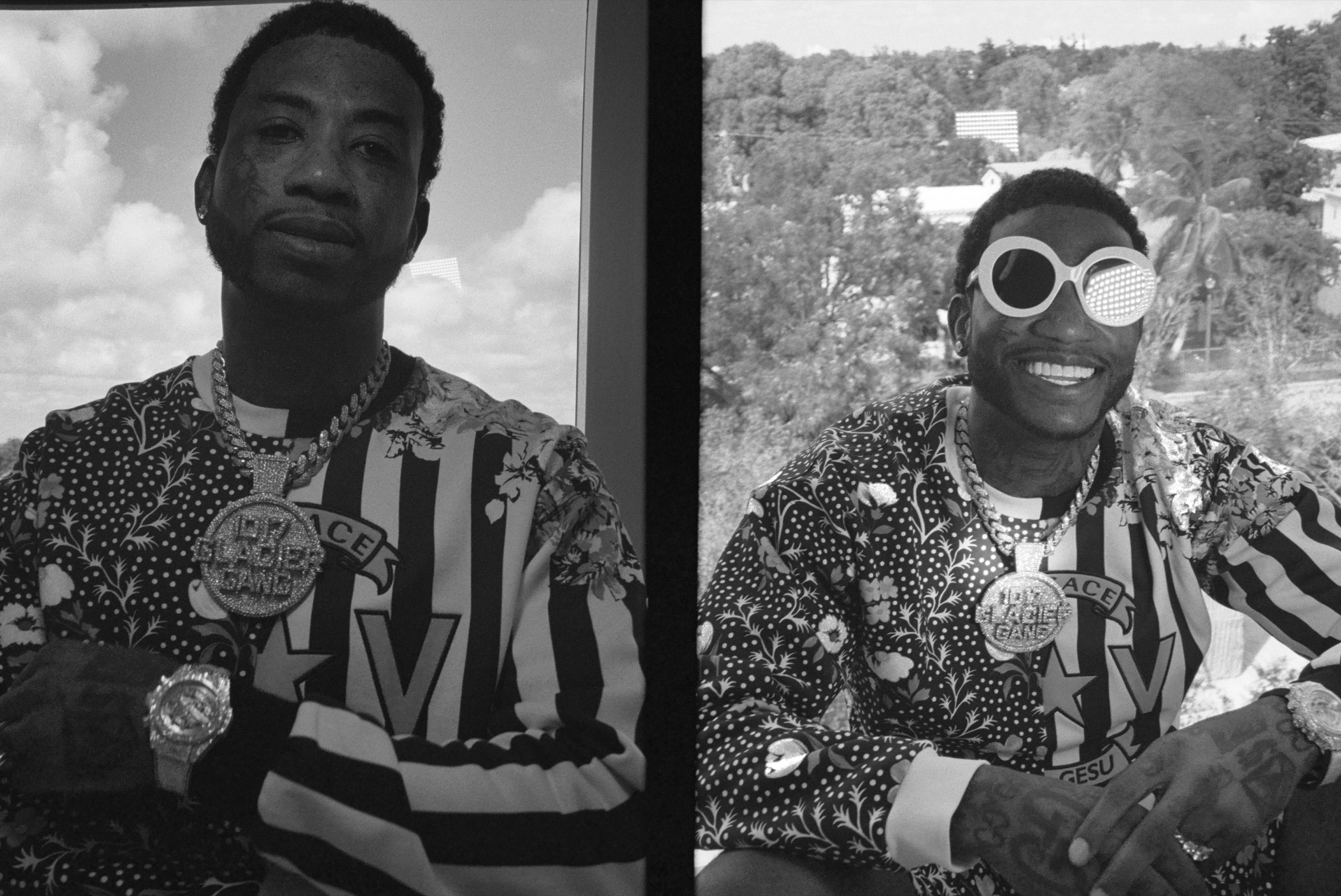
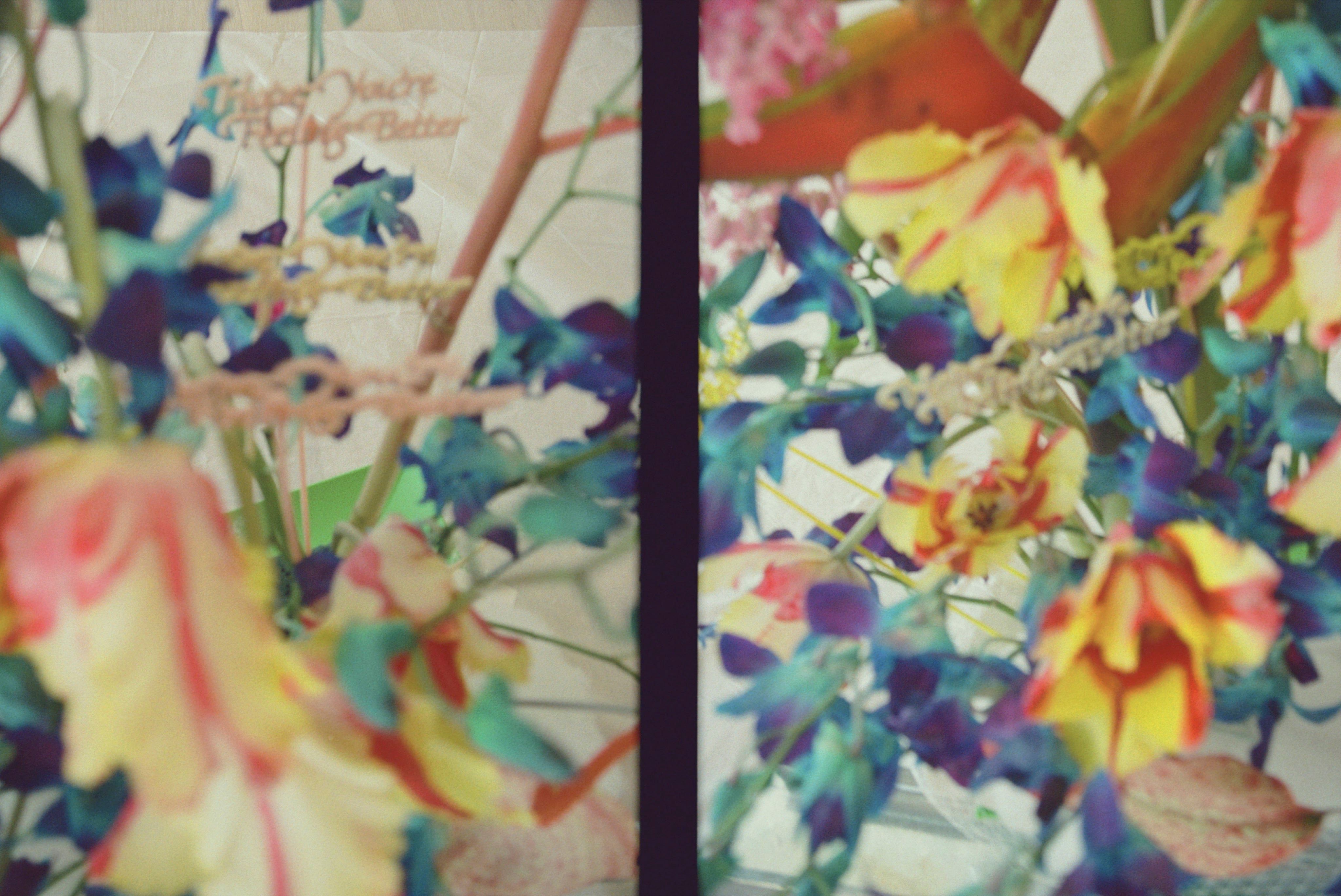
In the gym, Gucci listens to “Quavo’s new tape, Project Pat, Future, Kevin Gates, 21 Savage, a lot of my old mixtapes.” His own back catalog sets a high bar: “I’ve put out so many different bodies of work that I’m competing with some of my own mixtapes. It’s like, let me try to capture the energy or the feeling I had when I made Chicken Talk, or Trap House, or The State vs. Radric Davis.” There’s humility in that statement: Gucci has been credited for keeping the mixtape genre alive in the last decade, evolving and elevating the form as a platform for new rap. The online mixtape distributor DatPiff hosts more than 500 Gucci-related tapes. He has dropped three in a day – twice. Consider the manic frequency of his output alongside the amount of original material it contains and you’ll see a wolverine with a Spotify containing 130 unique albums and mixtapes for a total of 4,000 hours, or 166 unyielding days. Gucci’s mixtape habit presented a commercial risk – mixtapes are bootlegged, albums are what sell – but the popularity of what he put out had industry rainmakers reconsidering traditional modes of production, and Guwop was ushering in new models. “I think we figured out what eventually became the new way to market,” Todd Moscowitz, the music executive who signed Gucci while president of Asylum Records in 2007, told The Fader in 2015. “I wasn’t being overly precious about the fact that he was putting out free music.” In 2007, DJ Drama was arrested as part of a crackdown on bootlegging, and tens of thousands of mixtapes and CDs were seized by the FBI. The medium was pronounced dead. Rappers from Houston to Miami stopped producing with the DJ, but not Gucci: fearless, he seized the moment and in September 2008 released his 16-track The Movie – one of the first tapes to appear after the raid, now considered a “classic” of Drama’s Gangsta Grillz series. Later that month, Gucci began an unrelated six-month prison term, a result of him failing to fulfill a community service requirement. Not that something like that has ever stopped Gucci from producing: in 2014 alone, he released 12 projects from the United States Penitentiary in Terre Haute, Indiana, and made more than 1.3 million dollars.
Gucci’s hyper-productivity and penchant for risk-taking have served him well as the field’s unofficial A&R man. In 2007, he founded 1017 Records and signed OJ Da Juiceman and Waka Flocka Flame, proving Gucci’s prophetic ability to spot talent. Later he worked with Future, Migos, and Young Thug – who once received a 25,000 dollar advance from Gucci before ever playing him a song. Migos’ Quavo remembers Gucci calling them to the Brick Factory in 2013, a breakout year: “It wasn’t no business, like you need to sign something. It was just love. No paperwork. We were just working all night [and] all day.” Gucci’s work ethic is contagious, and recording with him is an education: “The Brick Factory was like a school,” DJ Holiday told The Fader. “All these people under one roof, trying to figure it out. Gucci was just over there teaching.” Even while he was away, the artists Gucci backed – Atlanta’s Lil Yachty, Lil Uzi Vert, and 21 Savage, and Florida’s Kodak Black – rose to prominence under his wing. “I keep making myself available to them,” Gucci told me of his relationships. “I always have a word of encouragement. I like being that person that will reach out to them and make them feel good.”
In a city fractured by massive income disparity, racist legislation and police, and gentrification – which has recently led to a call for tighter regulations on (black) recording studios in (increasingly white) residential areas – Gucci’s workshop was a hip hop incubator, a space where artists could thrive and the art could evolve. We’re on Gucci’s fourth generation of protégés now. In January 2017 he created the new 1017 Eskimo Records, representing Atlanta’s Hoodrich Juan Pablo, whose scorching mixtapes have placed him in pole position as the hip hop capital’s “next up.” East Atlanta’s Yung Mal & Lil Quill have such reverence for Gucci that their 2017 mixtape Kids of the 6 – a reference to the police district they share with the Brick Factory – reads like a cover letter and resume to 1017, and the young duo asked fans of the project to tag Gucci on social media in homage. Stepping away from home, the label signed the “Chiraq Mogul” rapper Z Money and, perhaps most excitingly, Gucci’s first female artist: Dallas’ ferocious princess Asian Doll. Says the godfather who keeps giving, “Instead of investing in a Wingstop or a McDonald's, I’d rather invest in the dreams and talents of young, up and coming artists and make their dreams come true.”
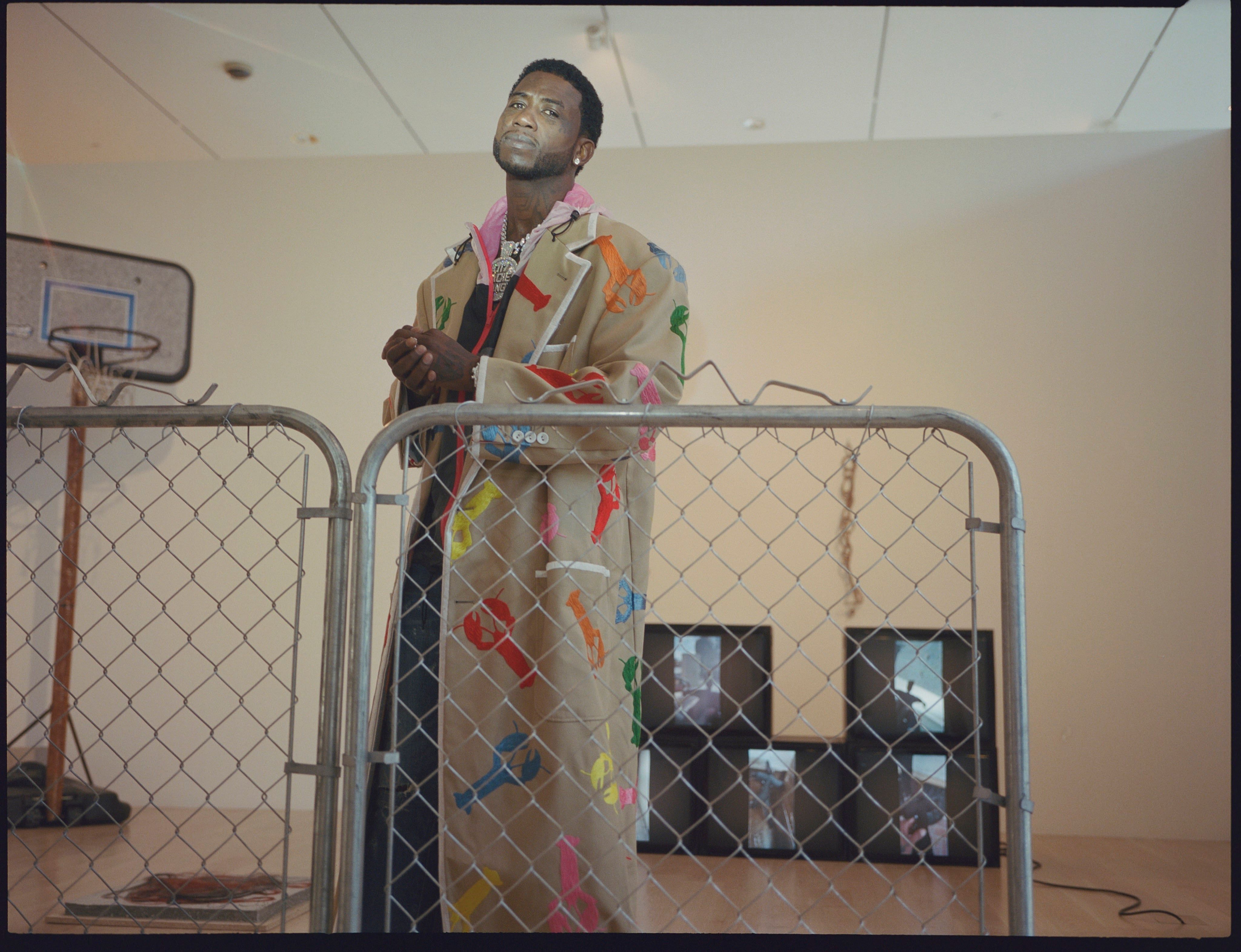
Gucci’s investments in the rap community make him part of the massive cultural export that is Atlanta hip hop. As NPR’s Rodney Carmichael wrote last year, the “steady stream of mainstream dominance” that has kept all eyes on Atlanta lately has everything to do with Gucci’s associated acts, with Migos’ “Bad and Boujee” single and album Culture topping all the Billboard charts, and Future making history as the first solo artist to debut two albums at No. 1 in back-to-back weeks. Beyond having a nose for the next big thing, Guwop is a leader in a global industry of which Atlanta is the “center of gravity,” as The New York Times wrote in 2009, and no small contributor to the city’s productivity or to the Georgia music industry, which generates 3.7 billion dollars annually – primarily driven by hip hop, the most consumed genre in America in 2017 according to Nielsen rankings. The hip hop economy is so big that even the conservative Peach State has begun to embrace its rap assets: the recently passed Georgia Music Investment Act gives music production tax credits in line with those offered to the state’s booming film and TV industries.
On any given weekend the central fountain at Atlanta’s Lenox Square Mall becomes a kind of rap town square. Everyone is dripping like they’ve just stepped off a music video shoot. Standing tall over all of them on my last trip there was a 10-foot poster of Gucci – who measures around 6’5” in the flesh – beaming from the window of the Diesel store. Representing the Italian label’s “Hate Couture” campaign, which is based on the premise of taking the hateful shit people say online and turning it around, Gucci wears a t-shirt that reads “Fuck You, Impostor” – a reference to Internet rumors that the squeaky clean rapper that came out of jail is in fact a “government clone.” I asked him about disempowering online hate. He said, “I feel like you do fight fire with water. You fight hatred with a smile.”
When Gucci was a savant, self-confining himself in marathon studio sessions at the Brick Factory – a Wizard of Oz who was working when others needed food, sleep, maybe sunlight – there was a colossal distance between him and the fans. But fame is built on a friendship model now, and fans support people they feel they know. Thanks to Instagram we can tune in at 7am and watch Gucci run on the beach, flossing a new chain, losing his mind with his wife, Keyshia Ka’oir, watching as the Atlanta Falcons blow the Super Bowl, or driving a sea of sloshed middle-aged white folks absolutely bonkers with his “St. Brickulous” sweater at the 2016 NYC SantaCon. The new Gucci has fun.
In a genre built on self-aggrandizing, bragging about sexual conquests is a sport. But recently we’ve seen Jay-Z and Beyoncé rebuild their union – and take their thriving monogamous partnership on tour as “The Carters” – and watched 2 Chainz and Kesha Ward exchange vows at the Versace Mansion. After Gucci proposed to Ka’oir on the Kiss Cam at an Atlanta Hawks game, their engagement and wedding – a glamorous happening that took place on 10/17, of course – were documented in a 10-part BET show called The Mane Event. When I spoke to Gucci, the couple had just celebrated their first anniversary. “I had a video shoot that day, but we went to dinner,” he said. “We just sat back and reflected on all we accomplished in the last year and all we went through, and just enjoyed each other’s company.” I can’t tell if things are changing, or if I’m just feeling my age? We just grow up with our favorite artists now, Gucci assured me. “You get a chance to mature with them into this age where they are starting families and becoming mentors.”
Ka’oir is a “video vixen” turned fitness and beauty mogul, the CEO of Ka’oir Fitness, Ka’oir Hair, and Ka’oir Cosmetics. She didn’t study business; she hustled and built her empire from the ground up. I get the attraction: my own partner is a self-made player in the black beauty space, and on a daily basis I watch her give everything to see other women feel beautiful. When you’re passionate about your business, you are your own best brand ambassador. You can skip the influencers, and bring products and results right to your consumers via social media. Maybe Gucci’s recent “open book” philosophy is something he picked up from his better half.
If you’re looking for the “real” post-redemption Gucci, look no further than the title of his newest album: Evil Genius. Gucci was probably one of those kids who was a little too smart for their own good – never fully challenged academically, left to their own devices or to find trouble. Despite every effort to distract himself, Gucci graduated in 1998 from McNair High School with a 3.0 GPA – high enough to earn a full-ride HOPE scholarship to study computer programming at Georgia Perimeter College. He didn’t finish – he was expelled – but his genius doesn’t belong in an institution. It is an institution, a start-up, a factory, an angel investment firm, a family.
Evil Genius is Gucci’s lucky 13th studio album, and a lucky 13 years on from his 2005 breakout “Icy.” His super group with Lil Yachty and Migos, Glacier Boyz, is due to drop an epic mixtape. Whatever lies in store for the phoenix-like Gucci, like the Blue Lagoon water, he’ll be “hot as hell” no matter the climate.
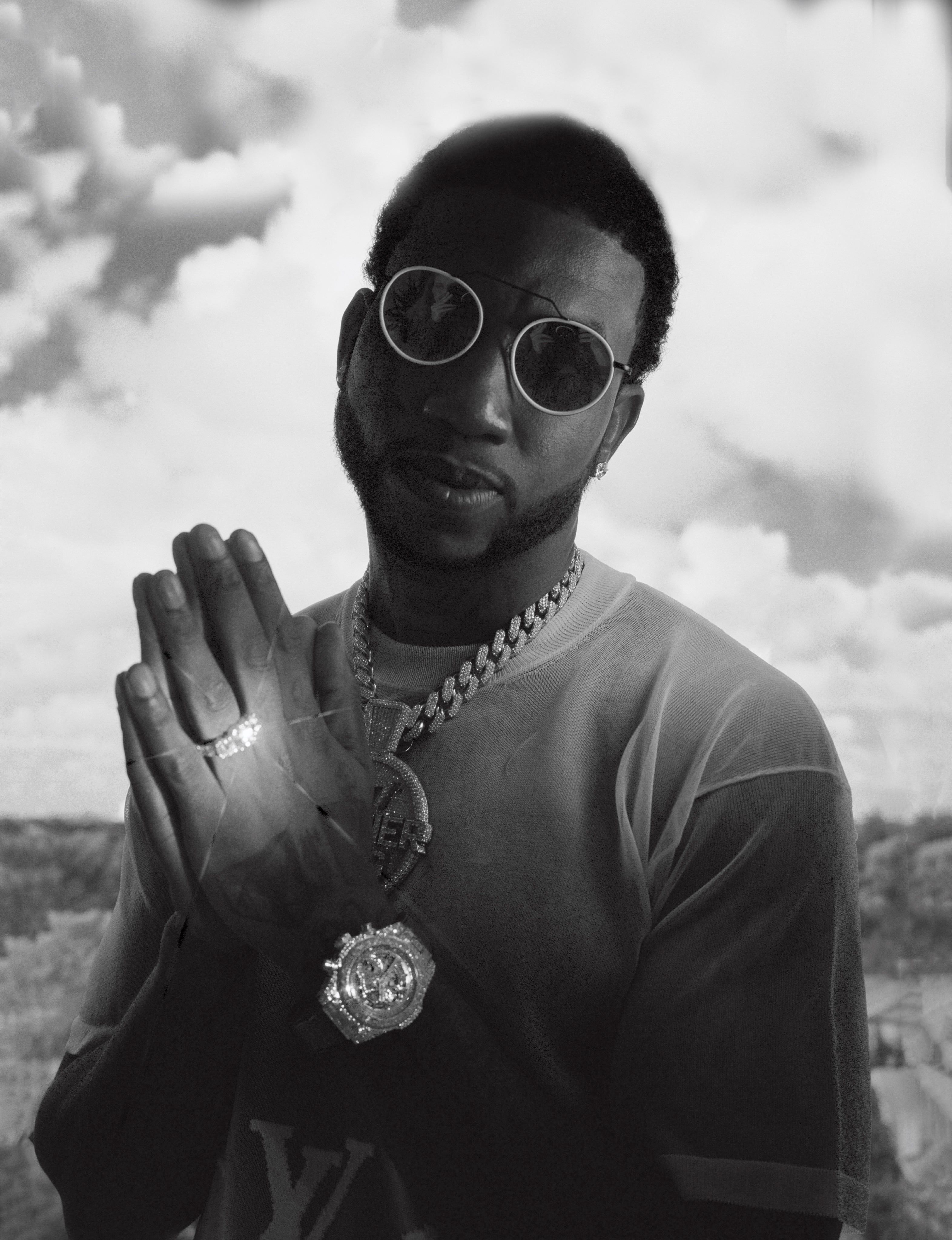
Credits
- Text: Daniel Fuller
- Photography: Petra Collins
- Fashion: Jason Rembert
- Production: KALENA YIAUEKI
- Photo Assistant: DEAN DICRISCIO
- Stylist Assistant: KIRSTEN McGOVERN
- Floral Set Designer: BRRCH FLORAL
- Thank you: INSTITUTE OF CONTEMPORARY ART MIAMI
